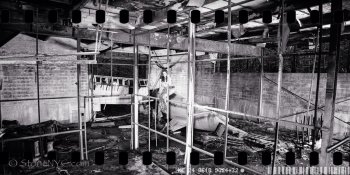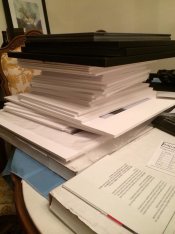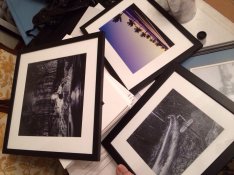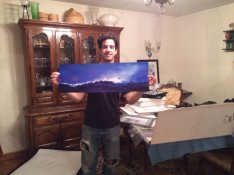Drew, I know you understand this stuff really well.
Of course TXP and TMY differ.
In the context of this thread though (see post 173), Stone seems to be simply taking what the scanner gives. That's ok, he's in good company, HCB did essentially the analog equivalent. Jose Villa uses a similar work model too.
In all three cases: Stone, HCB, and Jose Villa, the print process is essentially left to the discretion of a third party. So we have no idea of: how much of the film's curve is being used, where Stone's scanner started clipping (high or low), what reference points Stone uses to set exposure, how stone is metering, what the scanner settings were, where the toe fell in relation to the print, if his monitor has been calibrated, ...
As to myself (or Shawn) using casual development, that, I suggest, is a far cry from reality. Purposeful, well practiced development, with the goal of producing a very reliable normal/average contrast rate that sets us up well for printing with the papers we prefer, might be more accurate. That's a bit of a mouthful though.










